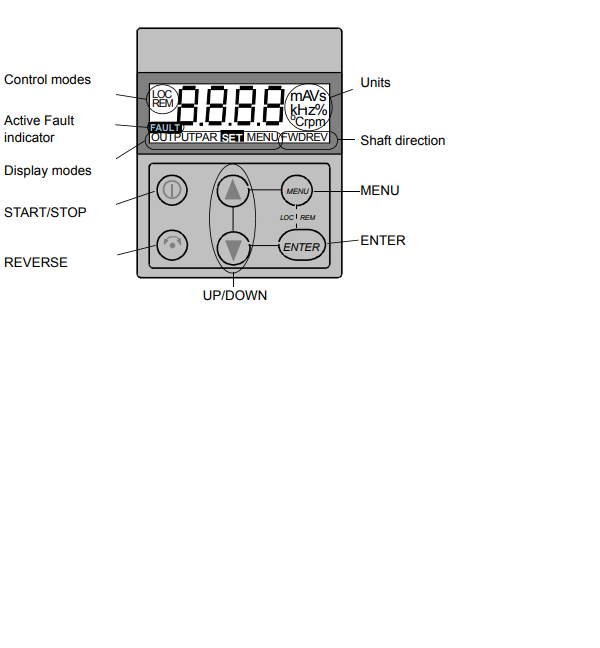Here is a list of Fanuc alarms for the A06B-6047-*. DC Servo stuff for your DC problems. The DC axis faults are nagging problems sometimes, hopefully this helps with A06B troubleshooting.
(Some applicable part numbers: A06B-6047-H003, A06B-6047-H203, A06B-6047-H041, A06B-6047- H201, A06B-6047- H208, A06B-6047-H001, A06B-6047- H005, A06B-6047- H004, A06B-6047- H040)
(Some applicable part numbers: A06B-6047-H003, A06B-6047-H203, A06B-6047-H041, A06B-6047- H201, A06B-6047- H208, A06B-6047-H001, A06B-6047- H005, A06B-6047- H004, A06B-6047- H040)
- What is NC Fault on Fanuc 6047? It means: Overload The Overload alarm occurs if the motor current exceeds the current required to actuate the thermal relay. Or if the power transformer thermostat or the regenerative discharge unit thermostat operates
- What is TGLS Fault on Fanuc 6047? It means: Tacho Generator The Motor speed exceeds the specified upper limit due to a break in in the velocity feedback wire, the TGLS indicator goes on. The motor is stopped by the dynamic brake.
- What is OVC Fault on Fanuc 6047? It means: Over Current The Motor current exceeds the specified upper limit for more than the fixed period ( about 600 msec), the OVC indicator goes on. The motor is stopped by the dynamic brake.
- What is BRK Fault on Fanuc 6047? It means: Circuit Breaker The Abnormal current exceeding the rating limit of the breaker is applied to the motor, the circuit breaker operates. The motor is stopped by the dynamic brake.
- What is HVAL Fault on Fanuc 6047? It means: Over Voltage The AC input voltage applied to the servo transformer exceeds the allowable value, the HVAL indicator goes on. The motor is stopped by the dynamic brake.
- What is HCAL Fault on Fanuc 6047? It means: Low Voltage The AC power source voltage drops abnormally, the LVAL indicator goes on. The motor is stopped by the dynamic brake.
- What is DCA Fault on Fanuc 6047? It means: DC IssueThere is Abnormal current applied to the transistor bridge circuit, the HCAL indicator goes on. The motor is stopped by the dynamic brake.

